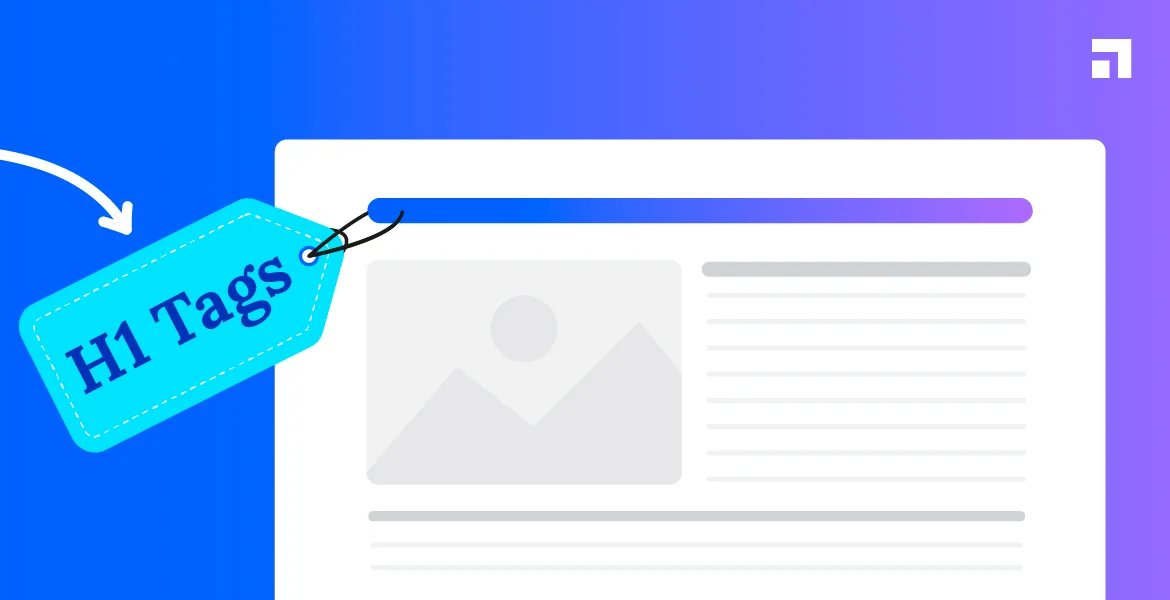Harnessing the Power of H1 and H2 Headers with Strategic Keywords and Location
The Power of H1 and H2 Headers
We hope this newsletter finds you in good health and flourishing in your digital pursuits. Today, we want to bring attention to a crucial element of content creation that is often underestimated but holds immense potential to enhance your online presence – the strategic implementation of H1 and H2 headers, along with skillful incorporation of relevant keywords, with a particular emphasis on location-based targeting. By effectively utilising these techniques, you can optimise your content for improved visibility and reach to your target audience.

Unlocking the Potential of H1 and H2 Headers
Headers are not just about making your content look organised; they play a crucial role in conveying the structure and hierarchy of your information to both users and search engines. H1 headers are like the title of a book, providing a clear indication of the content’s main focus. H2 headers, on the other hand, act as subsections, breaking down the content into digestible chunks.
Search engines use headers to understand the context and relevance of your content, making it essential to use them thoughtfully. When crafting your H1 and H2 headers, consider incorporating your primary keywords naturally. This not only makes your content more reader-friendly but also signals to search engines the key topics of your page.
The SEO Game: Infusing Keywords and Location
In the ever-evolving world of Search Engine Optimisation (SEO), keywords remain a cornerstone. Including relevant keywords in your headers and throughout your content is vital for ranking higher in search engine results. However, it’s not just about any keywords – it’s about understanding what your audience is searching for.
Moreover, don’t forget the local touch. If your business operates in a specific location, integrating location-based keywords can significantly enhance your local SEO efforts. For example, if you are a bakery in Sydney, incorporating phrases like “Sydney’s Best Pastries” or “Delicious Treats in Sydney” can make a substantial impact on local search results.
Best Practices for Success
- Be Clear and Concise: Craft headers that accurately represent the content beneath them. Avoid misleading users or search engines with headers that don’t align with your content.
- Prioritise User Experience: While optimising for search engines is crucial, never compromise on user experience. Headers should guide readers through your content seamlessly.
- Research Keywords: Understand the keywords relevant to your industry and audience. Tools like Google Keyword Planner can help you identify the terms your potential customers are searching for.
- Location Matters: If your business is location-specific, leverage that advantage by incorporating local keywords to attract nearby customers.
Remember, the goal is not just to be found on search engines but to be found by the right audience. By implementing these practices, you’ll not only enhance your SEO but also improve the overall quality of your content.
Thank you for being part of the [Your Company/Brand] community. As always, feel free to reach out if you have any questions or if there’s anything specific you’d like us to cover in future newsletters.
SEO Services Australia
Todd Johnson
0449 041 815